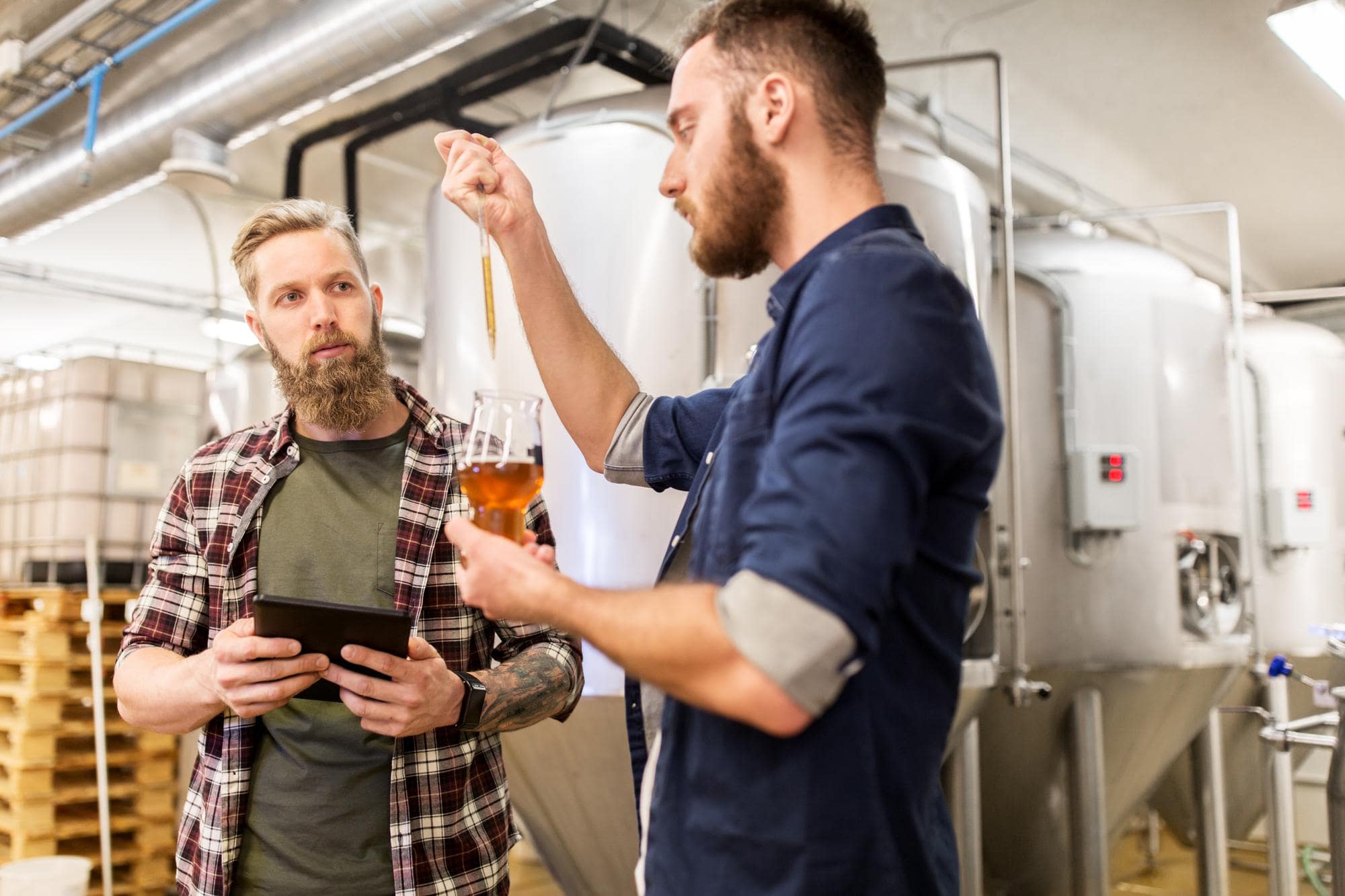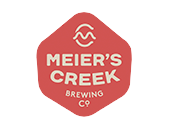The craft brewery market has begun to level out. After years of growth, demand has stalled even as competition has increased, leading many brewers to seek other avenues to profitability. Given the overlaps between brewing and distilling processes, as well as continued double-digit growth in the craft distillery market, this need for diversification has led to a growing trend of the so-called brewstillery.
Of course, even those similarities don’t automatically guarantee success in adding high-alcohol spirits to your brewery’s product portfolio. Understanding the similarities and differences between the brewing and distilling processes will enable you to find solutions and the right distillery management software that helps you build efficient craft beverage operations across both areas.
The Benefits of Transitioning from a Brewery to a Brewstillery
The brewery industry has begun to move toward hybrid operations for a reason. Blending the artistry of brewing with the precision of distillation comes with some natural advantages that are worth outlining in more detail.
- New business opportunities. From a business perspective, moving to a brewstillery model can open new revenue possibilities at a time when the brewery industry is struggling. By expanding your products, you can tap into an industry with significant projected growth, showing a market demand that beer is unable to match.
- Expanded demographics. There’s a significant overlap within the craft beverage market, making for a relatively simple transition to this new line of products. At the same time, craft spirits tend to attract younger audiences, enabling you to grow the reach of your business and its products in both the present and the future.
- Significant process overlaps. Estimated broadly, about half the process of brewing beer and distilling spirits is the same. Distilling takes steps beyond fermentation of course. Unlike other craft beverage production like wine, this overlap can allow some breweries to make a comparatively easy transition with only some new equipment needed.
- Similar raw materials. In part because of this process overlap, brewing beer and distilling spirits sometimes require the same raw materials, including barley, corn, and rye. Such similarities not only increase the baseline of knowledge needed on the production side but also introduce potential economies of scale when it comes to inventory ordering and management.
Related: 6 Keys to Effective Brewery Inventory Control
Given these compatible features, you get a relatively natural transition for any brewery looking to transform into a multi-faceted brewstillery. In fact, this common ground can go a long way toward generating new revenue streams through expansion.
Accounting for the Differences in the Brewing and Distilling Process
While the similarities between running a brewery and a distillery make for a natural overlap, they are not one and the same. Some key differences have to be front of mind for any aspiring brewstillery looking to leverage their respective benefits.
First, a roughly 50% overlap in the production process also means that about half of it is different. The ability to distill craft spirits may be a smoother addition to your operations than a completely separate process like producing wine might be, but it still requires some specific nuances that you have to account for.
In a way, distilling spirits is an addition to the brewing process. It requires taking a liquid that’s already fermented and applying heat to create a more concentrated form of alcohol. In that process, the alcohol turns into vapor and then has to be cooled to turn back into liquid form to produce a spirit, such as whiskey, vodka, or rum. From there, you might need to plan additional time and equipment for aging the beverage, which beer doesn’t usually require.
The Need for Specialized Expertise
Of course, this more complex process also requires additional expertise focusing on these areas. While your brewery staff is likely composed of experts when it comes to fermentation, you can’t simply expect them to move smoothly into distilling. Similarly, your existing fermenting and beer production equipment can’t replace the stills that vaporization and liquidization require.
In addition, federal and state regulations should also play into the differences and complications that come with diversifying into building a successful craft brewstillery. Because of the higher alcohol content, distilling is often more tightly regulated than beer.
Regulations differ significantly from state to state. For example, Massachusetts requires any parts of the distillation process to be physically separate from the brewing process, with no overlap in the production or equipment. Some states have additional regulations about whether you can and how you transfer the mash between both operations to either produce beer or distill it further.
Optimizing Operations for a Smooth Brewstillery Transition
Considering all factors of inventory, equipment, and production, you have a high chance of transitioning into a new product line with increased revenue potential. The actual evolution of your business still requires careful thought and planning. The following steps can help you ensure that you optimize your operations as you join the growing movement of brewstilleries.
Step 1. Familiarize Yourself with Relevant Regulations
Given the variations in regulations based on your location, understanding the rules and guidelines has to be the first step in any potential transition and expansion of your business. The more you know about how you have to set up a distillery or brewstillery, the better you can evaluate your capabilities and possibilities against those limitations.
Relevant: Compliance Made Easy: Simplifying the Brewer’s Report of Operations
As with reports like the TTB’s Brewer’s Report of Operations, compliance will be key to successfully running your brewstillery. Learn what it takes to get a license and whether any potential hurdles may stand in your way of streamlining the production of both beer and spirits.
Step 2. Review Your Current Operations
With established regulations in mind, it’s time to assess where in your current operations you might find potential overlaps. That’s especially vital as you look toward your current operational capacities to understand whether you can add more processes to them without compromising the workflows needed to brew the craft beverages your customers love and expect.
For instance, are you able to use existing equipment as part of the distillation process? Do you have the space to install new equipment in ways that don’t compromise your current setup? Do you have the staff, or can you hire the employees necessary to build a more extensive and complex operation? An honest assessment of your current operations is key to understanding how you can move forward.
Step 3. Forecast Your Production Capabilities and Needs
Next, it’s time to dig into the data. You can only be successful in running a brewstillery if you have a good match between an audience demand and your ability to supply.
Reporting on your production is vital, as is targeted audience research to understand the nature and competitiveness of craft distilleries in your area. Combine the two into a comprehensive analysis designed to help you forecast how your brewstillery will perform once established on both ends.
Step 4. Optimize Your Bookkeeping
The importance of accounting in brewery management only rises when you add a new line of business. Different reporting and tax needs in addition to different revenue flows make it vital to build a system in which you have a handle on both sides of the business at all times.
Most brewstilleries find success when they separate the accounts. Of course, that’s only possible if you can find ways to accurately split the shared processes, staff time, and inventory. Manual processes tend to fall short here, requiring advanced software to keep and optimize your bookkeeping over time.
Step 5. Streamline Your Inventory Management
As with bookkeeping, managing your inventory also becomes more complex when adding the ability to distill spirits into your brewery. Each of the processes you have in place for orders and tracking your current stock may need to be rethought and optimized to account for these complexities.
Anything you can do to streamline those processes is an advantage. A software solution designed to automate combined with an intentional approach to prioritize efficiency can go a long way toward ensuring that the theoretical benefits of a brewstillery can be realized in practice.
Step 6. Find the Right Beverage Management Software
Finally, and especially as your business grows, manual processes become even less viable than they already are in this industry. Instead, the key to success is adopting a software solution designed to automate your operations, reporting, inventory management, and accounting as much as possible on your way to a smooth transition. Implementing a beverage manufacturing software can provide the tools necessary to streamline these processes and improve efficiency across both brewing and distilling operations.
Seamlessly Add Distilling Into Your Brewery Business with the Right Platform
As the brewery industry faces several challenges in the market, savvy craft beverage companies are turning to the promising model of brewstilleries. The new stream of revenue can ramp up your profits, expand your customer base, and take your operations from surviving to thriving. Along with thorough research and development strategies, you can find success by choosing a brewstillery management platform.
That’s where Ekos comes in. With extensive experience in the craft beverage industry, we’re ready to help your business expand and diversify. Book your demo today to see how we can help you join the growing number of successful brewstilleries.





